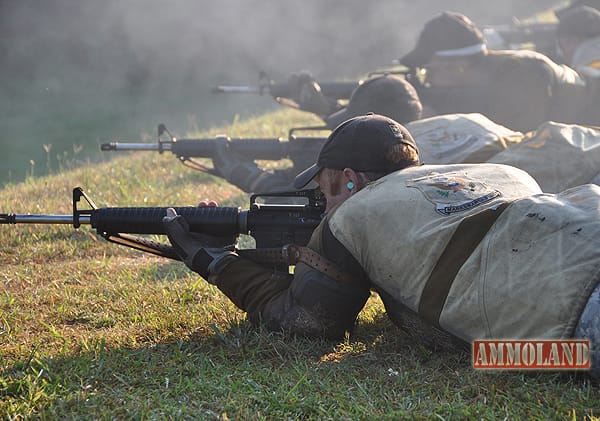Sinister, seriously thanks for the links. I wasn't commenting in my particular situation as much as trying to give some insight to organizations that not only fail to support guys, but outright obstruct their attempts to improve. I was once at a course made up of cops entirely there on their own dime. One guy stood up at the intro and asked that nobody remember he was there because he feared being disciplined by his agency for attending non sanctioned training.
Which is one of the reasons there is always a High Law Enforcement Shooter at the National Matches and many NRA Competitions.
It never hurts to come home as the High Cop from any competition.
= = = = =
http://riflemansjournal.blogspot.com/2010/03/history-morris-fisher.html
Marine Corps Musician (Violin) and Olympic Gold Medalist Sergeant Morris Fisher with Major General John A. LeJeune, Commandant of the Marine Corps. Fisher is holding a 300 meter target and his target rifle. September 27, 1923.

Last edited:





